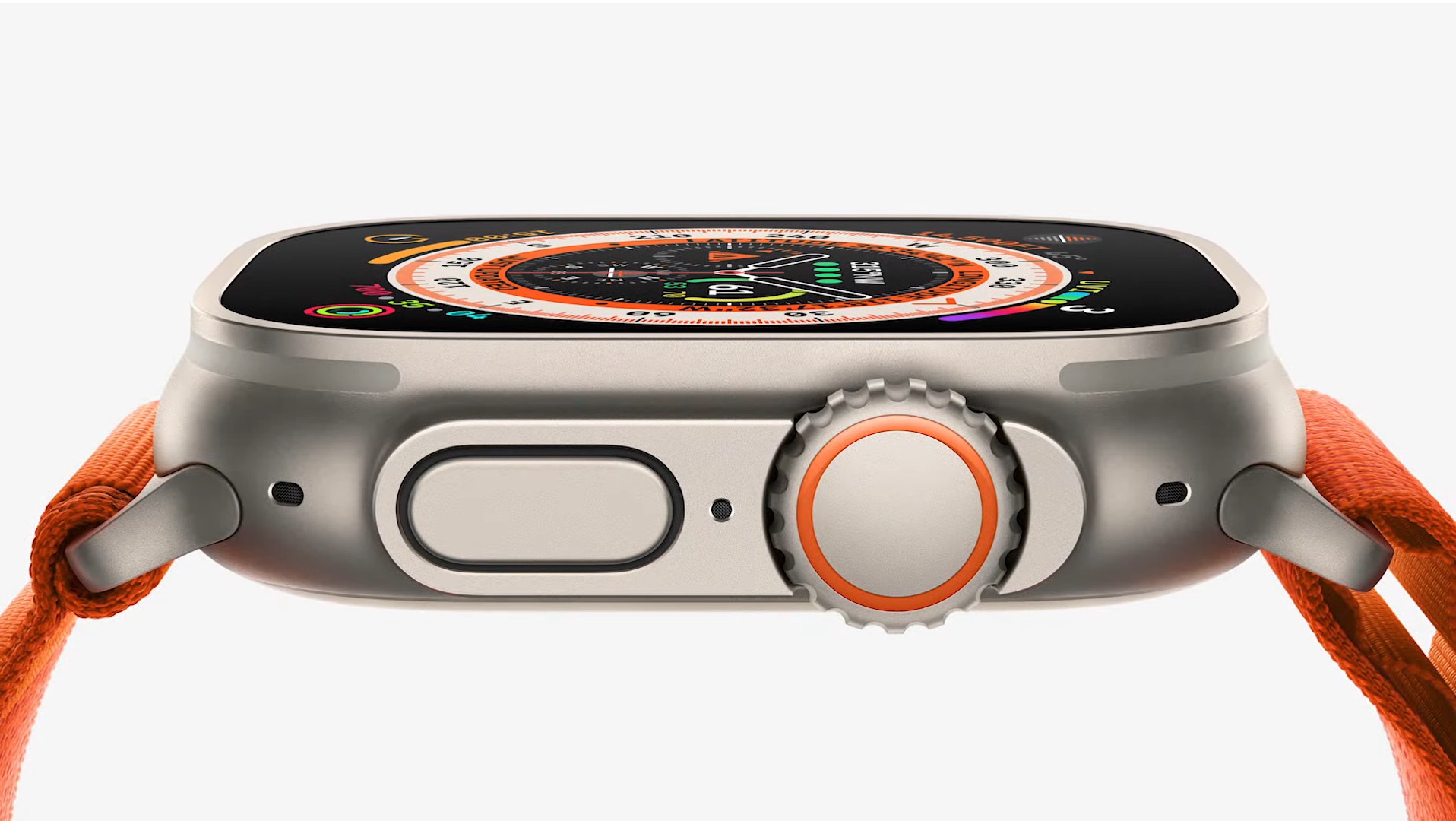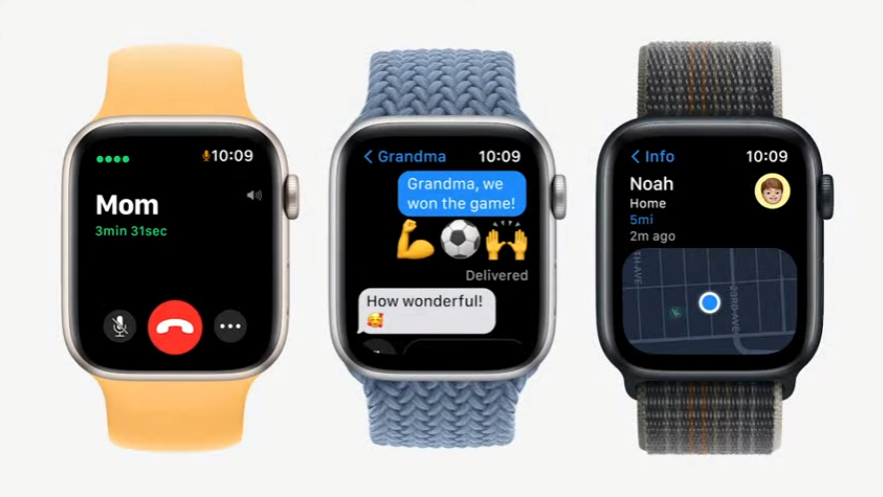The Apple Watch Series 8 has arrived, alongside the Apple Watch Ultra and Apple Watch SE 2, at this year's September 7 'Far Out' Apple Event.
First up, the Apple Watch Series 8. It's packing new features including the much-touted skin temperature sensor, which performs the dual function of improving sleep tracking and menstrual tracking simultaneously. It can detect shifts of 0.1 degree Celsius thanks to its two-sensor design.
Apple says tracking temperature changes can indicate ovulation, and help notify you of cycle deviations which can indicate other health disorders. However, Apple is also placing an emphasis on the privacy of this data, which is encrypted on your device with two-factor authentication.
Vehicle crash detection is a new feature using several motion sensors including an accelerometer, barometer, and GPS. It will automatically notify an emergency contact should you get into a fender-bender.
The Apple Watch Series 8 still has all-day 18-hour battery life, while a new low-power mode can give you 36 hours of battery life. International roaming for cellular watches will be available in 30 countries.
The watch comes in four colors: midnight, starlight, silver and, product red, and metallic shades of silver, gold and graphite. It starts at $399 for the GPS model and $499 for the cellular version in the US, and will ship on September 16.

Next up is the Apple Watch Ultra, which costs $799 in the US. It's rugged, able to withstand temperatures of -20 degrees Celsius or 150 degrees Fahrenheit, and the biggest Apple Watch ever thanks to its 49mm titanium case.
The key feature is a new customizable Action button. The Ultra's Action button can now start your workout, transition between race legs for triathletes, and operate the new Depth app underwater. It's got a 36-hour battery life, and its low-power workout mode reportedly allows you to run a long race with full GPS coverage.
It uses a new, precise dual-GPS solution, L5, with custom positioning algorithms, which Apple claims to be “the most accurate GPS of any smartwatch in the market”. It's tailor-made for adventures: an orienteering view on the compass app allows you to add waypoints with the Action button, the BackTrack functionality allows you to easily retrace your steps on the trail, while WR100 water resistance and aforementioned Depth app make it perfect for divers. The Watch also functions as a dive computer, which can be used underwater with the Action button and larger digital crown.
The watch will ship on September 23 and can be pre-ordered here.

Finally, the Apple Watch SE 2 is outfitted with many of the same features and specs that come with the Watch 8, and at a great price – $249 for the GPS model and $299 for the cellular model. It's also due for release on September 16. You've got a choice of silver, midnight, and starlight colors with an aluminum casing.
The Apple Watch SE 2, like the Series 8, is swim-proof and dust-proof and incorporates the new Crash Detection feature and skin temperature sensor.
The screen is 30% larger than the Watch 3, and 20% faster than the previous Apple Watch SE thanks to the new S8 processor, but otherwise Apple has skimped on new hardware to keep the price down. It's a good move in our book – the new processor is going to allow it all of the fantastic features of watchOS 9, without excessive updating of parts driving the price up too much.

